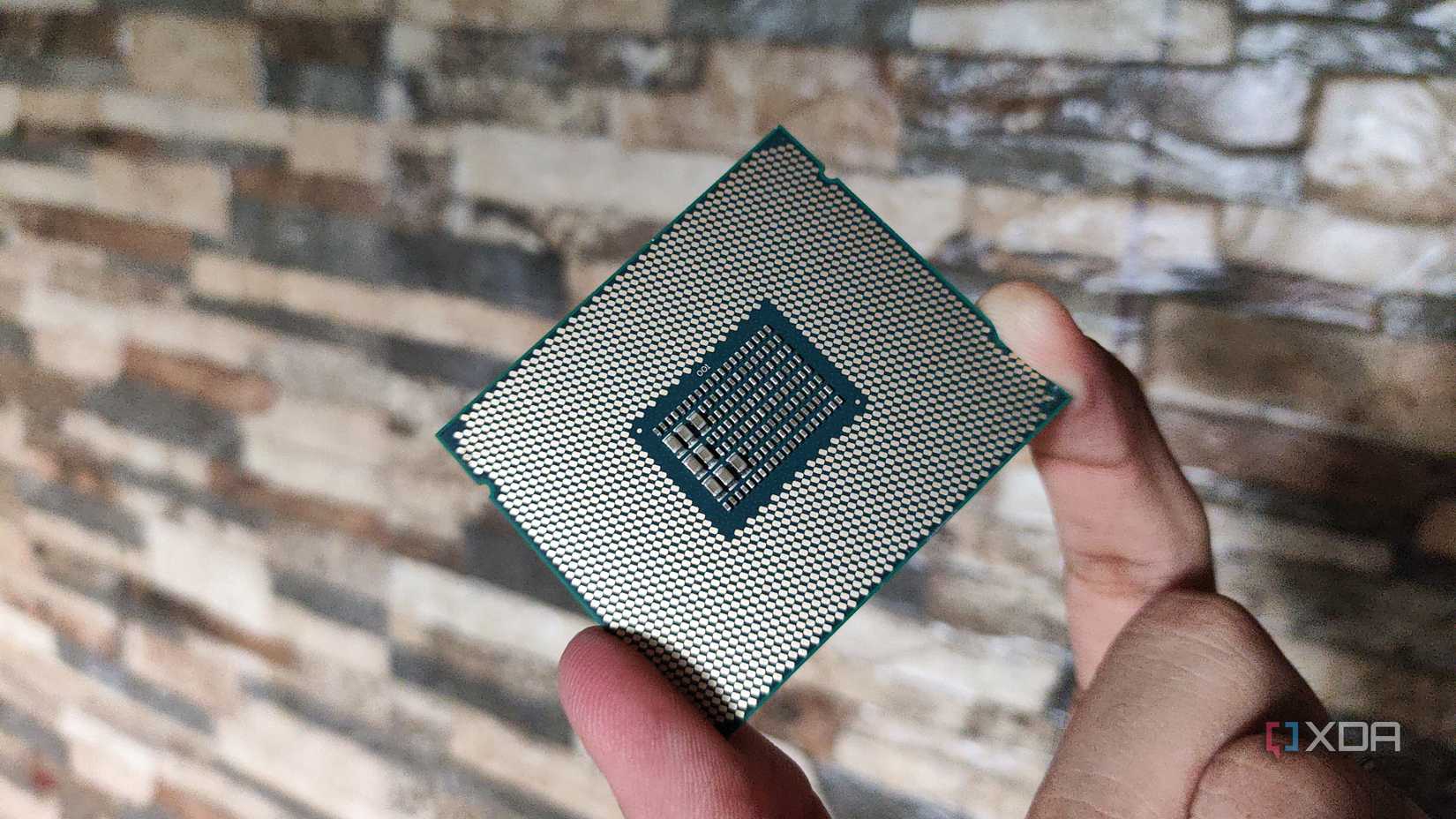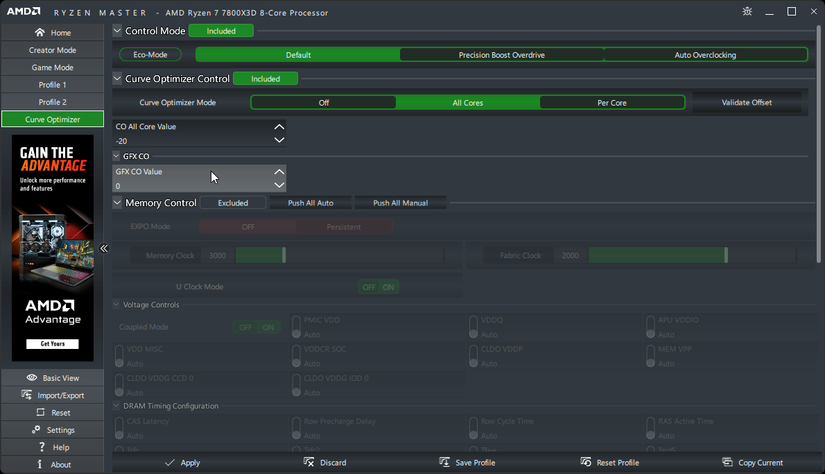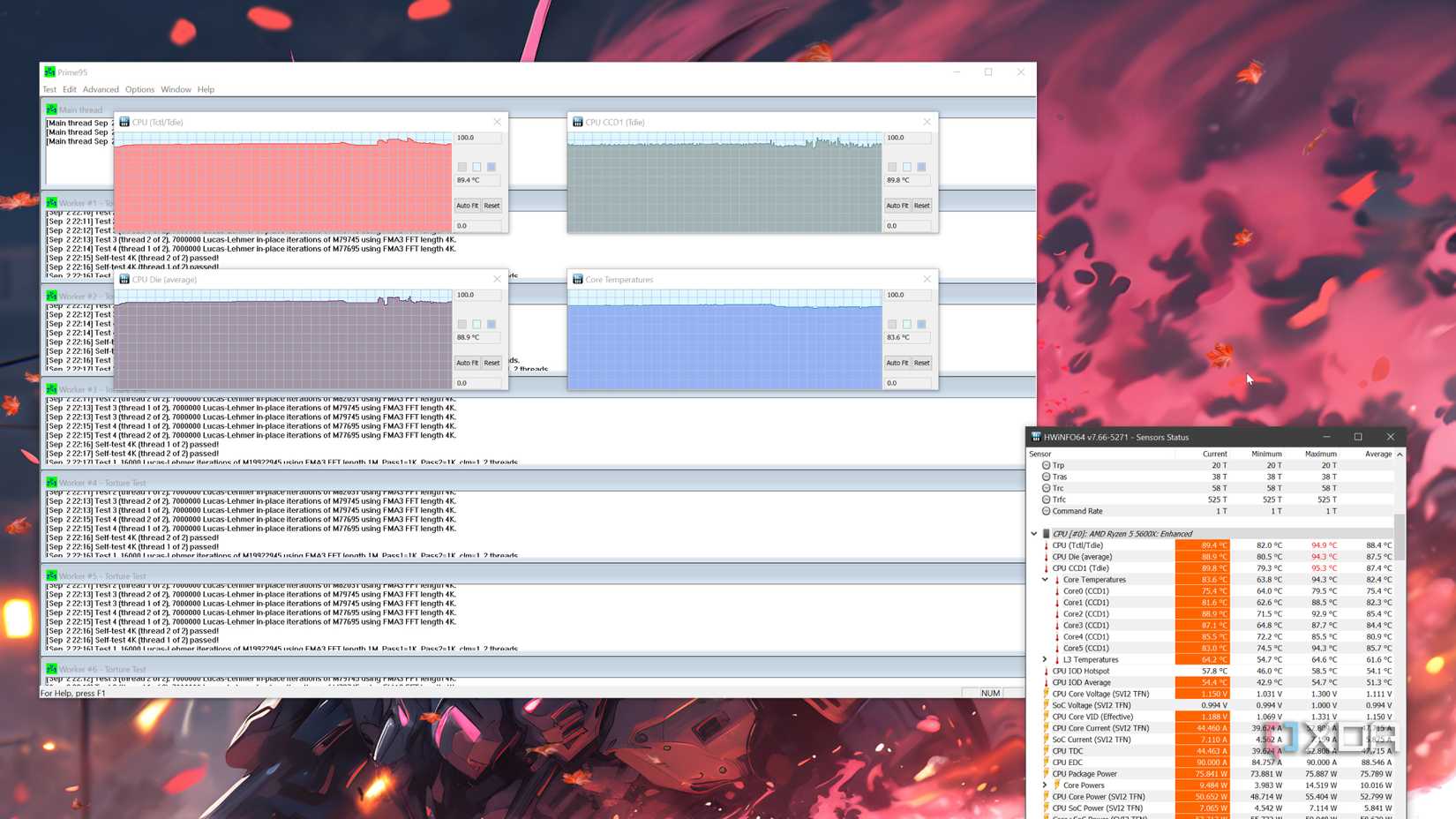When we think of increasing performance with existing components, we often think about strategies like overclocking, increasing power limits, and replacing an existing cooling solution. While overclocking does have its merits, there's a far easier way to increase performance without potentially sacrificing the longevity of your parts: undervolting.
Instead of pumping more voltage through your CPU, creating more heat and shortening the effective lifespan of the silicon, undervolting does the opposite. I've undervolted all the parts in my system, but my CPU undervolt breathed new life into my system. So much so, that it felt like I upgraded my CPU is a more powerful SKU.
What is undervolting?
Less power, more performance?

Undervolting is the practice of decreasing the voltage supplied to a component while maintaining (or even increasing) clock speeds. CPU manufacturers ship a CPU set at a specific, stable voltage that they apply to all units they ship. This "one-size-fits-all" approach works for them because they know the silicon will be stable at that voltage, but many CPUs in a given SKU can run at a reduced voltage just fine.
There is an element of the silicon lottery at play here, just as there is with overclocking. Some CPUs won't be able to maintain stability at lower voltages, and some may be able to dive far below spec. It really depends on the quality of chip you received, and there's no way to tell until you start trying it for yourself.
How it helps real-world performance
Feels like an upgrade all on its own
Undervolting makes your CPU use less power, which also reduces operating temperatures significantly. Furthermore, this reduction in temperature has a direct knock-on effect on performance, often enabling the CPU to boost clocks higher and for longer.
For workstations, this means render or compile times are reduced, and for gaming, it means more stable performance. Reduced temperatures also mean your cooling system doesn't have to work as hard to keep temps down, lowering overall noise. All of these benefits apply to laptops, too.
It's a super simple process
It's not akin to overclocking

Overclocking can be simple, but it has a connotation of being a complex undertaking. There are a few different moving parts, but with undervolting, there's really only one, and it's voltage. For AMD processors, undervolting can be done through Ryzen Master, reducing all-core values in the Curve Optimizer. I started small, on my Ryzen 7 7800X3D, with steps of -5. I settled around -20, as anything lower started to affect stability in a few select applications. You can verify your values aren't going to instantly crash by using the "Validate Offset" function within Ryzen Master, but really, if you want to really ensure stability, you should stress test using Prime95.
For Intel-based machines, undervolting can be done through their Intel XTU utility, where you can adjust core ratios and voltage offsets directly. For either CPU vendor, monitoring temps using something like HWmonitor or Core Temp is a good idea.
In my case, my CPU was capable of a significant undervolt, and while my idle temps didn't move, my core temps under load dropped by 10+ degrees. I also noticed the boost clocks being maintained for longer while under load. Perhaps the most noticeable effect was my framerate in Counter-Strike 2. Before, it would routinely dip below 240, especially with a lot of action on screen, but the undervolt kept my minimum FPS high and reduced stuttering significantly.
There are downsides
Stability can be shaky

Undervolting wasn't all smooth sailing for me. I was fighting weird instability with very specific games after applying lower voltages, though things were stable with Prime95. The type of workload does matter, and while lowering voltage doesn't pose any kind of danger to your hardware, weird things can happen, so creating restore points and backing up important data is always a good idea before making any kind of changes. I didn't see any kind of issues even when crashing, and it's rare, but data loss can occur.
Undervolting is always worth experimenting with
Not every system can handle a deep overclock, and not everyone has the budget for premium cooling, but undervolting is available to just about anyone. With only a little patience, you can reclaim performance, reduce noise, and even extend the life of your components. It’s proof that sometimes the most effective upgrade isn’t new hardware, but simply using what you already have more efficiently.
.png)











 English (US) ·
English (US) ·